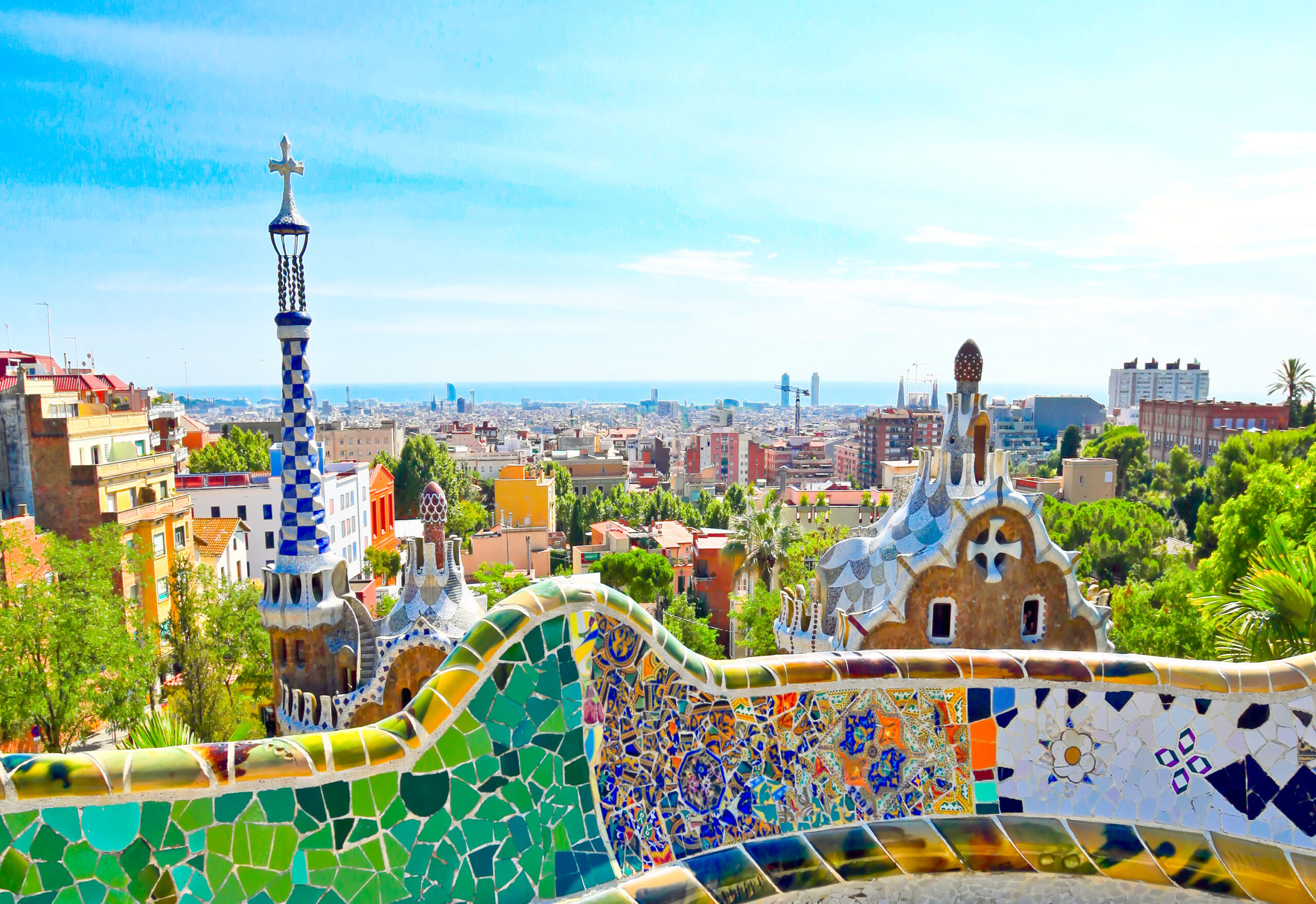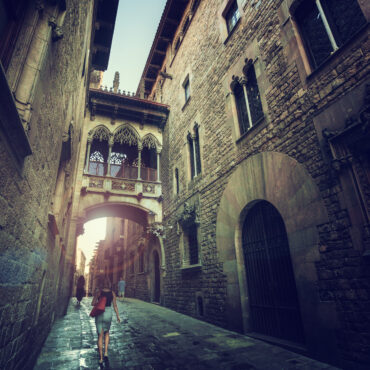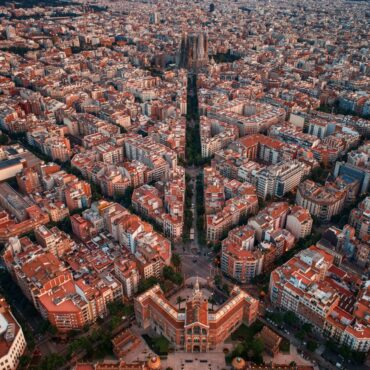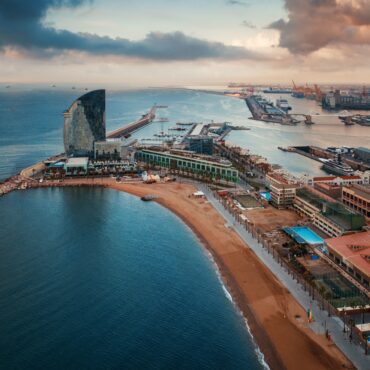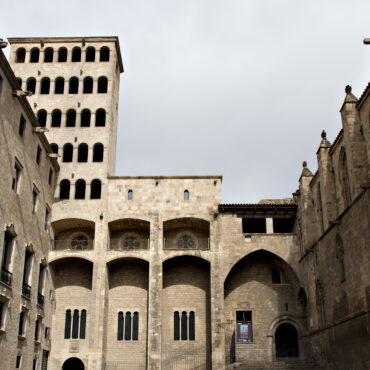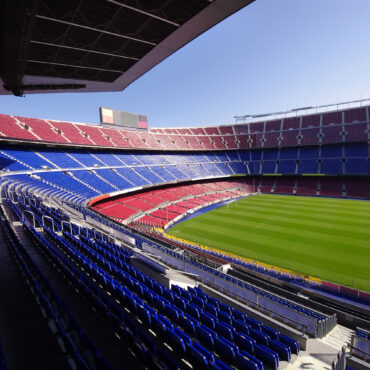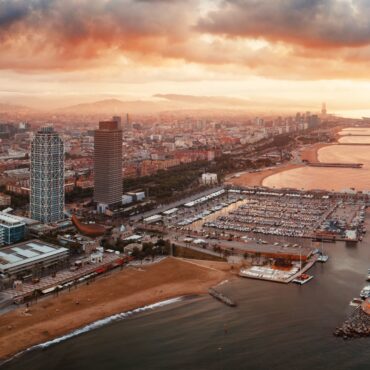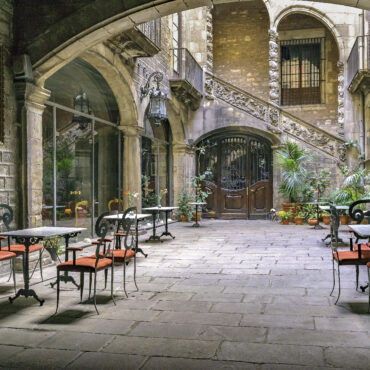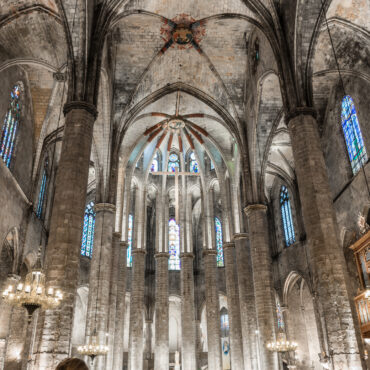Explore Barcelona during the conference! No matter where you are in the city, there’s always something nearby to discover—from stunning Catalan architecture and modernist masterpieces to vibrant markets, historic Roman and medieval sites, and serene parks perfect for relaxation. The best part? You don’t need to be an expert explorer to uncover the charm of Barcelona’s diverse neighborhoods.
Check out the links below and stay tuned for our social activities to be announced soon!

